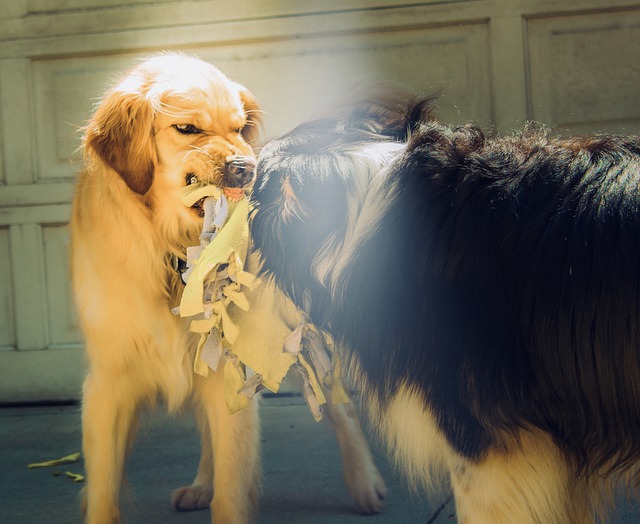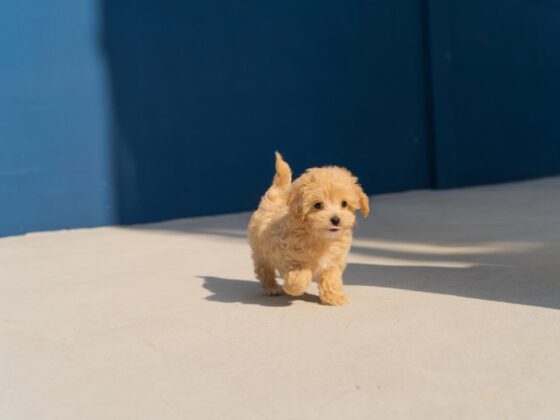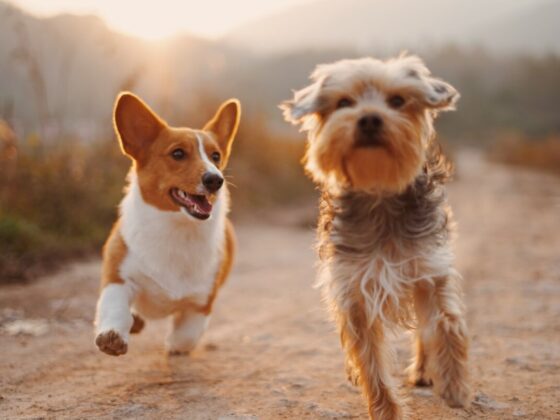According to the ASPCA, an estimated 1.5 million animals are put down each year. Unfortunately, aggressive dogs are one of the prime targets for euthanasia.
Aggression in dogs is not only treatable; it is entirely avoidable with the right human influence, behavior, and training. How do you do it? Don’t worry, we have got it covered!
We are here to help you recognize the signs of aggression in dogs and manage them with this simple guide. Let’s get started!
Signs of Aggression in Dogs
Aggression in dogs can show up at any time. A traumatic event can spark new aggression in otherwise friendly animals. Additionally, an animal being put into a new or uncomfortable position could spark new aggression. Here are some signs to look out for in your dog:
- Snarling, growling, barking, etc. at humans or other animals
- Lunging as if to bite towards humans or animals
- Baring teeth at family members or strangers
- Path blocking
- Pulling or leading ahead of the owner
- Mounting humans or other dogs, even of the same sex
- Stiff body language
- Biting or nipping
These are the telltale signs that your dog is aggressive, and they must be addressed as soon as possible. If left unchecked, these signs could lead to your animal causing injury or death to another animal or a person.
Things That Will Make Your Dog Aggressive
Not all forms of aggression are the same. Possessive aggression is generally displayed when an animal becomes aggressive over objects like food or toys. Possessive aggression behavior is often referred to as resource guarding.
Territorial aggression is when an animal becomes hyper-aggressive over a specific area, usually a space in the home or yard. Territorial aggression can be worsened by what the dog perceives as an intruder or threat, even if a person or animal means no harm.
Protective aggression is when a dog becomes highly protective over what they perceive as a member of the pack. Oftentimes mother dogs will become this way to protect their puppies; however, dogs of both sexes can display this type of aggression.
Handling an Aggressive Dog
If you find yourself in a situation where your dog is acting aggressively, the first step is to stay calm. Animals can sense anxiety, and it can heighten their aggressive behavior. Next, try to put as much distance between your dog and the cause of the aggressive behavior.
For example, if your dog shows signs of aggression toward another animal, begin by walking in the opposite direction immediately. If your dog is aggressive around strangers, start by introducing them to new people at a far distance. As your animal moves closer, reward them with praise or a treat if they remain calm.
For some animals, these techniques need to be taught by a professional. A professional dog trainer will be more equipped to handle the training, and they will be able to recognize the more subtle signs of aggression.
In some cases, supplements can be given to your pup to help them stay calm in situations where they would normally become aggressive. Check out this guide to learn more!
Making the Right Choice
Aggression in dogs is treatable; you just have to take action! Once you see the signs, it is up to you to take the next step and start working with your dog to manage their aggressive behaviors. So, keep this guide close, and get started today!
From lifestyle and tech to business and sports, we have the articles you need to read! Visit the rest of our site today for more blogs like this one!












